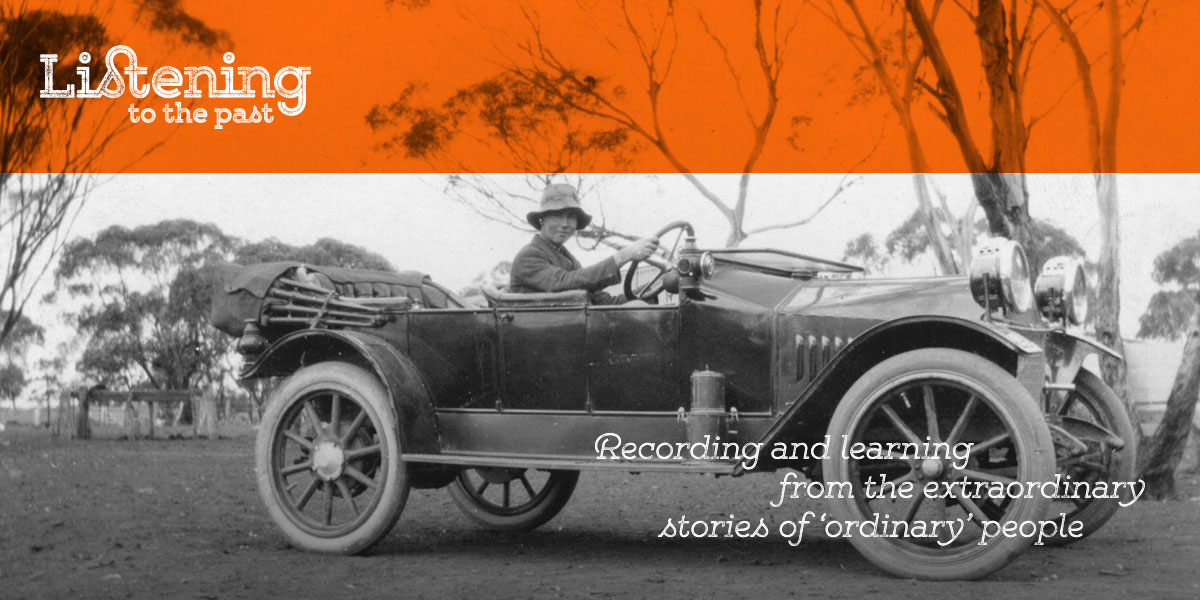Keen gardeners always seem to find a way to grow a garden, regardless of the environment.
Attempting to grow a lush vegetable garden in the hot, dry environment at Woomera may seem ambitious, until you realise that there are many resources that can be recycled and reused for this purpose.
Tony Price lived in Woomera in the 1960s and 1970s. Here he describes how he created a productive vegetable garden.
Creating a garden bed
The gardening at Woomera was a bit of a challenge, but we had three things going for us. The East-West railway line had recently had all the wooden sleepers replaced with concrete ones, and they’d just thrown the wooden sleepers to one side, so we popped down, collected half a dozen of those and just put them in a rectangular shape straight on the ground… We borrowed a one-ton truck from the Department – went up to the pony club and cleaned out the pony club for them, and bought the cleanings back, put that straight into this little rectangle where I’d put the railways sleepers down.”
Water supply
And the water supply was grey-water. It was – we had our own sewage farm at Woomera for obvious reasons, and the water from that was pumped back to the village on a separate piping system and so you couldn’t get it mixed up, the taps were different and all that sort of thing. Every garden had one of these taps – or was it two – one at the rear, one at the front. So it was basically liquid fertilizer…
Area Services, the people who looked after the village, also looked after – the Arboretum was part of their responsibility, so they looked after all the [street] trees that were – because all the trees had been planted. And they had a sort of a shallow bowl, if you like, dug out of the ground around each tree, so it formed a bit of a well, so the Area Services people would come along in their tanker with the water which had come from – it was the same grey water, and they’d fill up these man-made bowls around each tree if you like, which kept the trees alive.”
Free seedlings
And also the sewage system up there had a unique quality in that a few things didn’t break down in the sewage system. They were tomato seeds, cucumber, melon, and – well I don’t think any seeds broke down. So they would come back with these tankers around the trees and of course outside each living quarter there would be at least two trees, so come springtime, you’d just go out and check and you’d have your own supply of tomato seedlings, cucumber seedlings and rockmelon seedlings. So you’d lift them up, put them in this stuff we got from the pony club, water it with this liquid fertilizer. I mean, you couldn’t miss. Couldn’t miss. So we’d have rich pickings of cucumbers and tomatoes and rockmelon and, with the sun, it just – it was guaranteed.”
With climate change, the ability to grow food in harsh environments is becoming more important. Not too far from Woomera, at Port Augusta, the company Sundrop Farms is doing just that – growing commercial quantities of tomatoes and peppers for market using solar energy and, instead of grey-water, desalinated water.
Have you succeeded in establishing a garden in challenging circumstances?
To find out more about life in Woomera, please follow this link.
Quotes from an oral history interview with Tony Price for the Life in Woomera Oral History Project, courtesy of the State Library of South Australia (OH 1123-6).
